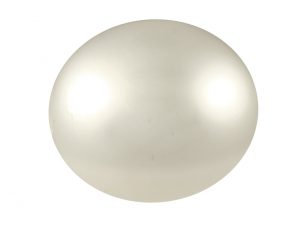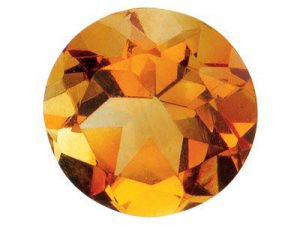Gemstone Terminology For Beginners
Interested in gemology? Or do you just want to know your refractive index from your gemstone lustre? If you’re interested in gemstone terminology, setting stones, and creating your own jewellery with them, you’re in the right place. Use our gemstone terminology beginners’ guide below and get to know more about your craft.
Gemstone basics: how to refer to cut, shape and weight
In this section you’ll discover several technical ways to refer to gemstones when talking about their physical appearance, worth and shine.
Carat
What is carat a measure of in gemstones? Carat refers to the mass of a gemstone and subsequently describes the value of the stone – the bigger the carat, the more expensive the stone.
Inclusions
What are inclusions in gemstones? An inclusion can be a fracture or bubble found within a gemstone that occurs as the stone forms over time. Inclusions can mean that the stone itself is devalued, however they can also add more depth and colour to the stone, making your jewellery piece more interesting and unique.
 Lustre
Lustre
Lustre refers to the way the light reflects off a gemstone and the quality of light reflected. This affects the appearance of the stone itself and is classified by certain factors, such as the angle at which light hits the surface and the refractive index of the stone.
Refractive index
What is refractive index? This is a measurement scale that determines how light passes through a mineral. When you look at refraction on a more specific, scientific level, it’s the bending of the light as it passes through a dense substance (the gemstone), slowing down and creating a beam of light at a different angle. Refractive index is sometimes used to identify the gemstone, although this can be difficult as some stones will have very similar measurements on the RI scale.
Fire
Ever heard a jeweller talk about a gemstone’s fire? This refers to the way that a gemstone splits white light into a rainbow of colours as it passes through the stone. This is also known as dispersion and is most commonly seen in diamonds.
Mohs hardness scale
Ever heard of Mohs hardness scale? It’s a useful term to get to know in the jewellery making world as it refers to the hardness of a gemstone or mineral, and how resistant it is to being scratched when exposed to other substances.
Take a look at Mohs hardness scale in full and learn more about which gemstones to use in your designs according to their resistance to everyday wear and tear.
What is a faceted gemstone?
 A faceted gemstone is cut to feature several flat surfaces laid out geometrically to allow the stone to refract light in the most effective way possible, making it gleam and appeal to customers. Each flat surface cut into the stone is known as a facet and depending on where the it sits on the stone, it may be referred to in a certain way too. For example, star facets usually sit at the top of the stone (or the table – see below for table definition) and help light enter the top of the stone at different angles.
A faceted gemstone is cut to feature several flat surfaces laid out geometrically to allow the stone to refract light in the most effective way possible, making it gleam and appeal to customers. Each flat surface cut into the stone is known as a facet and depending on where the it sits on the stone, it may be referred to in a certain way too. For example, star facets usually sit at the top of the stone (or the table – see below for table definition) and help light enter the top of the stone at different angles.
Main facets
Mains are the largest facets cut into a gemstone, usually connected by the table facet.
Table facet
The table facet refers to the large flat facet on the top of the stone and is often known as the window into the stone itself.
Pavillion facet
This type of facet is cut into the gemstone to reflect light back to the customer, ehancing the brilliance of the stone as the light shines through.
Break facet
Break facets are usually connected to the girdle of the gemstone, dispersing tiny beams of light from the centre point of the stone.
What are the different characteristics of gemstones known as?
Table
This is the widest point of the gemstone and usually where a claw setting will sit to make the most of the gemstone’s brilliance.
Crown
The crown is the part of the stone between the table and the girdle, which usually sits just above a claw setting.
Pavillion
The pavillion is the part of the gemstone that stretches from the girdle down to the tip of the stone.
Culet
This is the very tip of the stone.
Now you know your way around a gemstone and could hold your own with any gemologist, take a look at our collection of gemstones and Swarovski gemstones to see how each cut and shape could fit well with your latest designs.
The post Gemstone Terminology For Beginners appeared first on The Bench.
source https://www.cooksongold.com/blog/beginners-guides/gemstone-terminology-for-beginners
Comments
Post a Comment